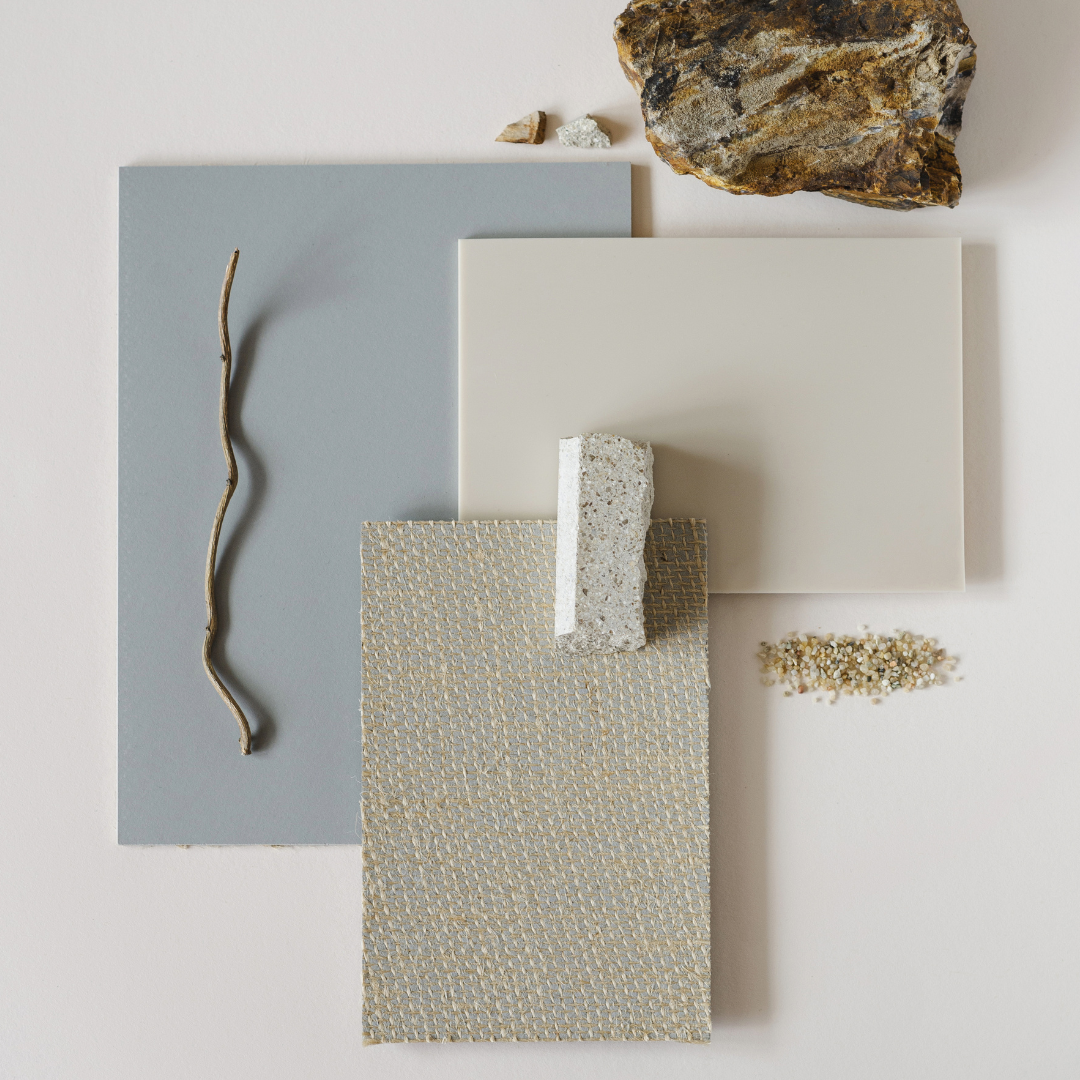
How to Create a Design Mood Board
Share
Are you looking to elevate your design process and streamline your creative vision? One powerful tool that designers swear by is the design mood board. But what exactly is a design mood board and how can you create one effectively? Let's dive into the world of design mood boards and uncover the secrets to crafting a compelling visual masterpiece.
What is a Design Mood Board?
A design mood board is a visual collage that captures the essence, style, and mood of a design project. It serves as a visual reference point that helps designers communicate their ideas, inspirations, and aspirations for a project. By compiling images, colours, textures, patterns, and typography in one cohesive layout, a design mood board sets the tone for the entire creative process.
Why are Design Mood Boards Important?
Research shows that 65% of the population are visual learners, making design mood boards an essential tool for effective communication in the design industry. By presenting a curated selection of visual elements, designers can convey complex ideas and concepts in a clear and concise manner. Design mood boards also serve as a source of inspiration, guiding the creative direction of a project and ensuring a cohesive visual identity.
How to Create a Design Mood Board
1. Define Your Objective: Start by clarifying the purpose and goals of your design project. What message do you want to convey? What emotions do you want to evoke? Understanding your objectives will guide the selection of images and elements for your mood board.
2. Gather Inspiration: Collect a diverse range of visual inspiration from sources such as magazines, websites, and social media platforms. Look for images that resonate with your design vision and reflect the mood and aesthetic you want to achieve.
3. Curate Your Elements: Select key images, colours, textures, patterns, and typography that align with your design concept. Arrange these elements on a digital or physical board in a visually appealing layout. Experiment with different compositions until you find the perfect balance.
4. Tell a Story: Use your design mood board to tell a compelling visual story. Consider the flow of elements, the juxtaposition of colours, and the overall mood created by the collage. Ensure that your mood board conveys a cohesive narrative that captures the essence of your design concept.
5. Refine and Iterate: Don't be afraid to refine and iterate on your design mood board. Seek feedback from peers, mentors, or clients to gain fresh perspectives and improve the effectiveness of your visual presentation. Continuously refine your mood board until it accurately reflects your design vision.
By following these steps and embracing the creative process, you can master the art of design mood boards and elevate your design projects to new heights. So, grab your inspiration, unleash your creativity, and start crafting your own design mood board today!